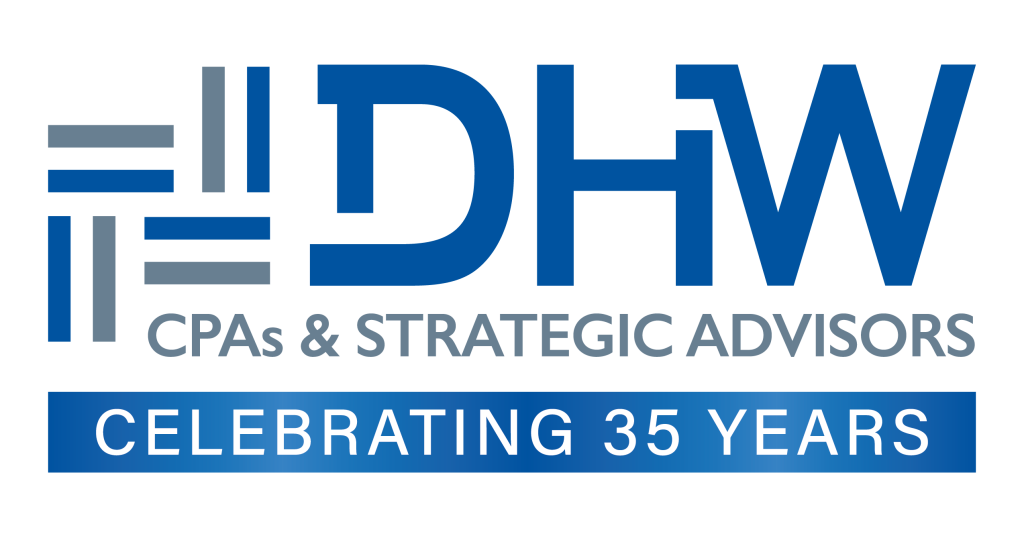It is the fiduciary duty of defined contribution plan sponsors to ensure the plan acts in the best interest of all participants, as opposed to favoring one group or individual. The Employee Retirement Income Security Act of 1974 (ERISA) requires that plans undergo annual compliance testing to ensure that benefits are distributed fairly among employees.
This required testing is designed to uncover any errors in the plan so that they are corrected, and fairness restored. Failure to correct errors or comply with testing could be cause for plan disqualification. In order to mitigate potential errors related to testing, it is important for plan sponsors to understand the testing requirements.
There are two particularly important considerations to keep in mind: non-discrimination tests, and highly vs. non-highly compensated employees.
Non-discrimination tests are designed to ensure the equal distribution of the plan to all participants. A few examples of these kinds of tests include the Actual Deferral Percentage (ADP), Actual Contribution Percentage (ACP), and Top Heavy tests. The ADP and ACP tests make sure that the proportion between employee contributions and company matches is in line for both highly (HCEs) and non-highly compensated employees (NHCEs). In order to pass, each test must fall within an acceptable range, as is determined by the IRS. Furthermore, the Top Heavy test checks whether key employees own 60% or more of the value of the plan’s assets.
Plan sponsors are required to report on all eligible employees, regardless of contribution. Providing a complete census to the service provider to use for these tests is essential for accurate test results.
It is fairly common for plans to have failures with these tests. There are some remedies available for plan sponsors to use when trying to achieve compliance. The first and most common remedy is for the sponsor to refund all HCEs. Clear and consistent communication is also needed in this case as all refunds are taxable to the employees affected. Another option is to make a corrective contribution, or qualified non-elective contribution (QNEC), on behalf of the NHCEs. The IRS also offers voluntary corrections through the Employee Plans Compliance Resolution System or EPCRS.
Regardless of what remedy the plan sponsor decides to use, all corrections must be made within 2 ½ months of the end of the plan year. Failure to correct within this time will result in an excise tax of 10% on any excess contributions. If a plan fails multiple years in a row, it may be cause for changes to the plan. Plan sponsors may want to consider adopting a safe harbor plan. Safe harbor plans are still subject to nondiscrimination testing but would be deemed to have passed the ADP and ACP tests.
In order to avoid experiencing any unforeseen results, plan sponsors should consider working with a service provider who is experienced in plan design.
For more information regarding employee benefit plan compliance and testing, please contact Melissa Shronce at melissa@dhw.cpa or 828.322.2070.

